FUJIFILM Sonosite lends a helping hand to Healing Little Hearts


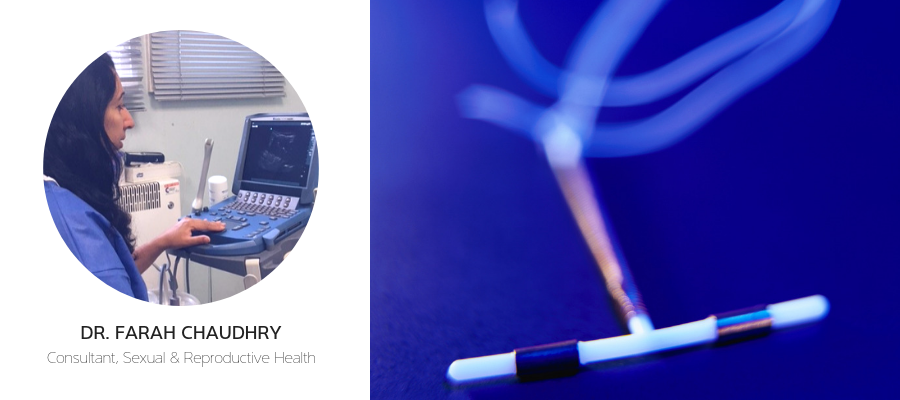
Dr. Farah Chaudhry, Consultant in Sexual and Reproductive Health for Leeds Sexual Health, West Yorkshire, describes how point-of-care ultrasound (POCUS) allows her to give informed and clear assurances to women using long-acting contraception.

The following is a letter from Dr. Samuel Abelson, an emergency medicine physician who lives in Minneapolis.
Four years ago, Project Medishare began teaching point-of-care ultrasound to the staff at Hospital Bernard Mevs in Port Au Prince. Through the Sonosite Global Health programme, we have borrowed multiple loaner machines to use in teaching.
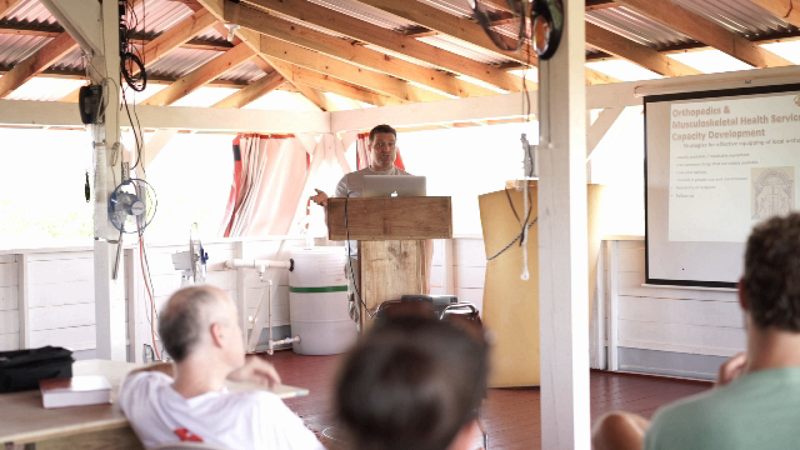
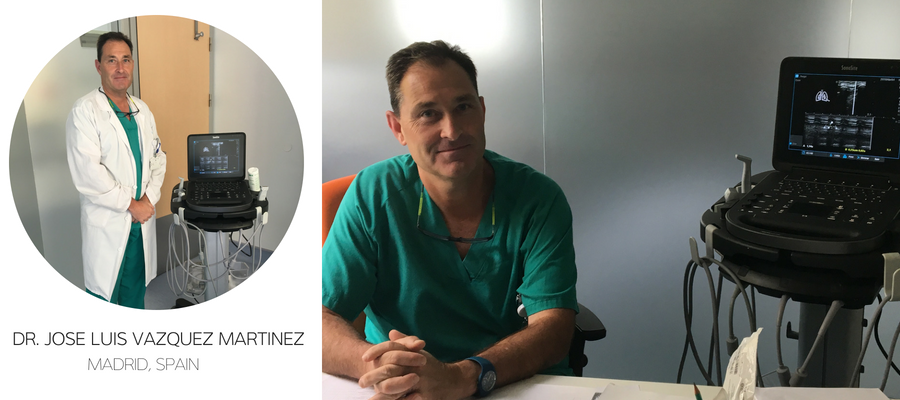
Doctors working in the eight-bed Pediatric Intensive Care Unit at the Ramón y Cajal University Hospital in Madrid use point-of-care ultrasound extensively to evaluate the condition of critically ill children, and find it essential to their work. Dr. José Luis Vázquez Martínez, Head of Post-Surgical Critical Care at Hospital Ramón y Cajal has over 25 years’ experience in pediatric intensive care medicine.
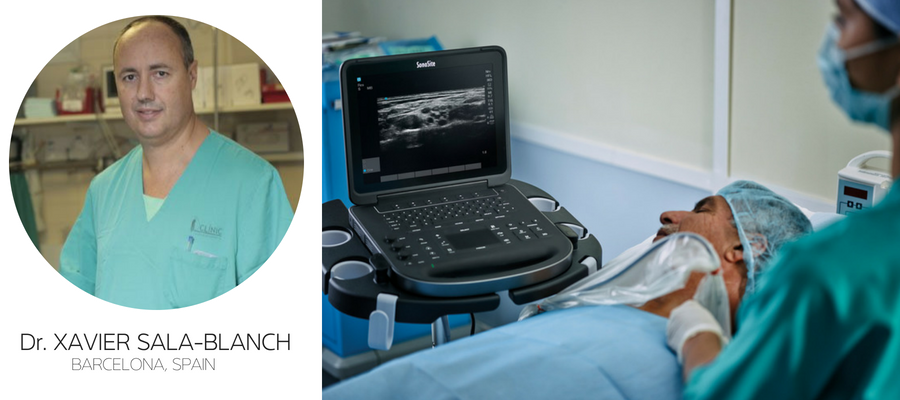
Point-of-care ultrasound is playing an important role in the anaesthesiology department at Spain’s Hospital Clinic of Barcelona. Dr.
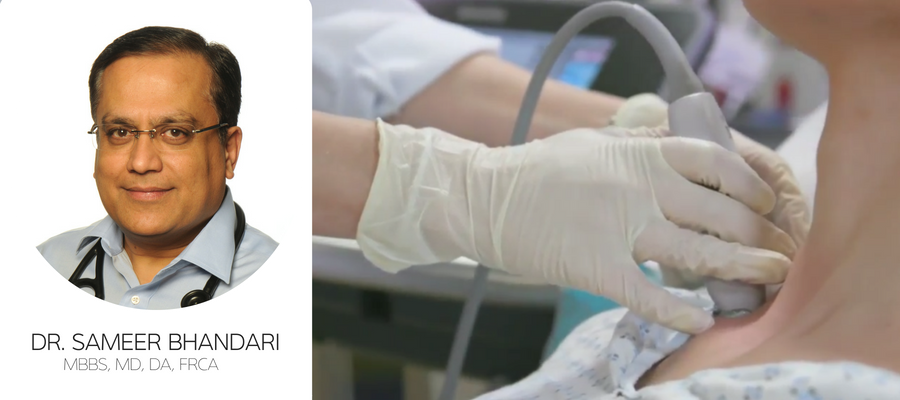
Dr. Sameer Bhandari, a Consultant in Anaesthesia and Intensive Care at Pinderfields General Hospital in Wakefield, England, plays an integral role in the company’s Complete Ultrasound-guided Regional Anaesthesia Education (CURE) course. Here, he describes how he teaches ultrasound-guided regional blocks to physicians in the UK.
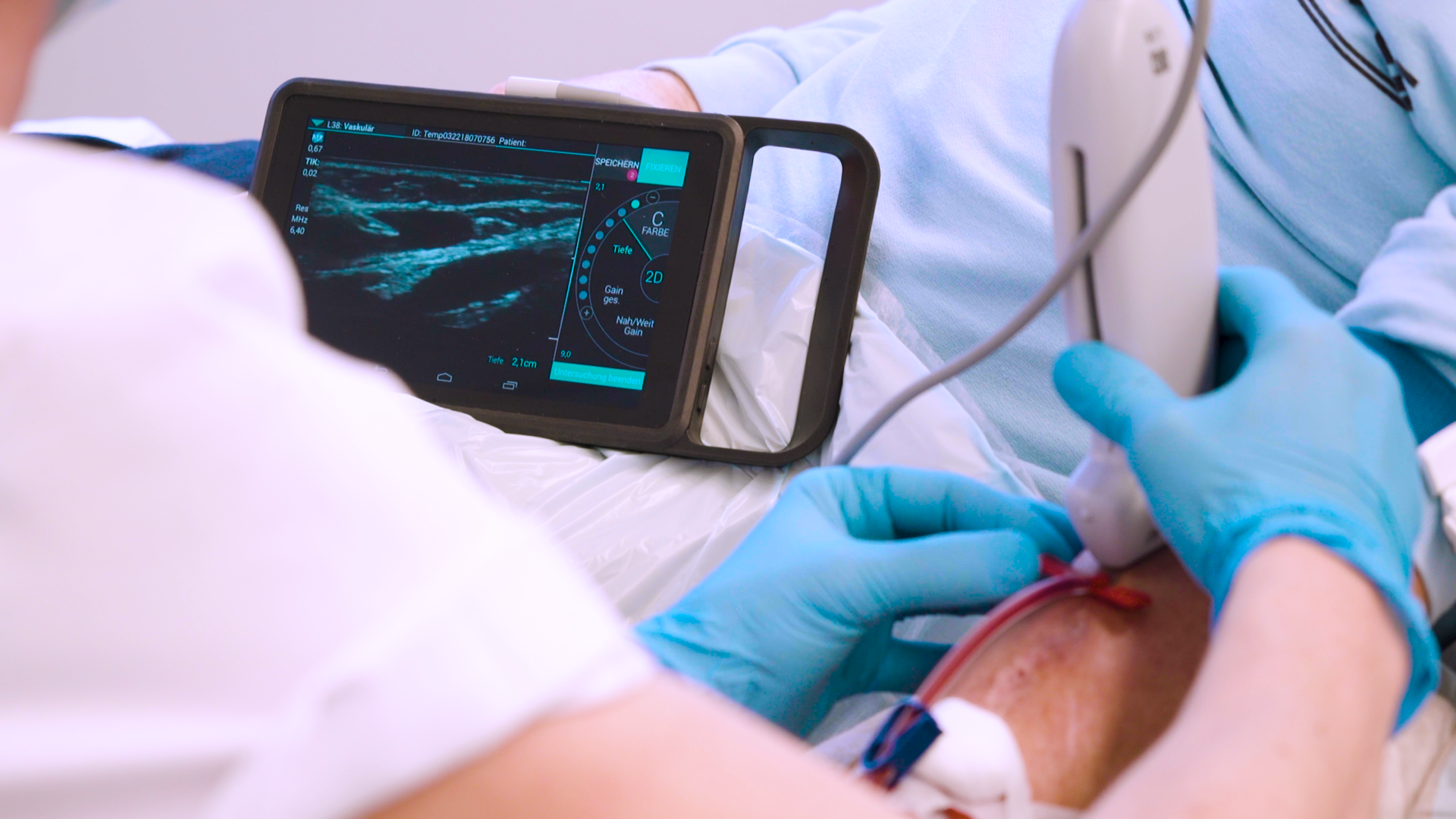
.png)
Point-of-care ultrasound is an essential tool for busy nephrology departments, and dialysis units in particular. Dr. Christoph C. Haufe, clinical lead at an outpatient dialysis center in Erfurt, Germany, discusses the use of the technique in daily practice and his involvement in ultrasound training.
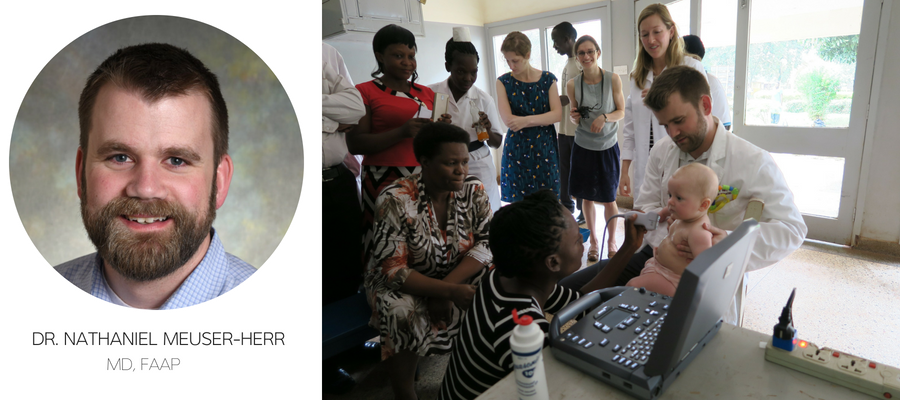
Pneumonia is a major cause of childhood mortality and morbidity globally – particularly in resource-poor environments – and diagnosis of pneumonia can be complex. The current gold standard diagnostic technique is a chest X-ray, looking for the presence or absence of areas of consolidation on the lungs. However X-ray facilities are not always available in remote locations.
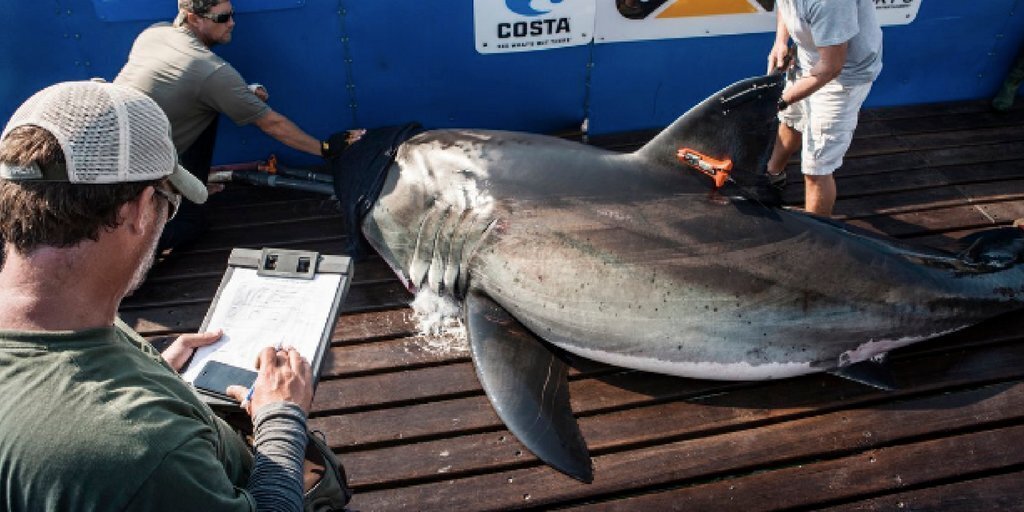
Every year the world's oceans lose roughly 100 million sharks due to human hunting. The big problem? Scientists don't know how to manage the population back.
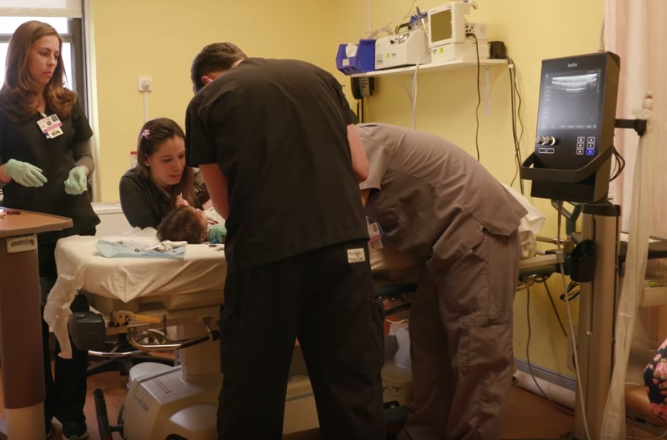
How does ultrasound-guided vascular access improve care and reduce costs?
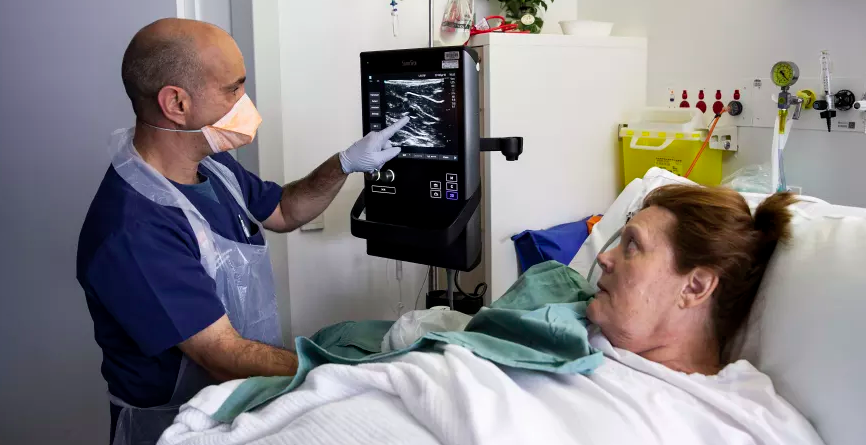
Any medical professional with hospital experience knows how crucial peripheral IV access can be. Getting fluids and medications into a critically ill or injured patient can make or break the effectiveness of their treatment.
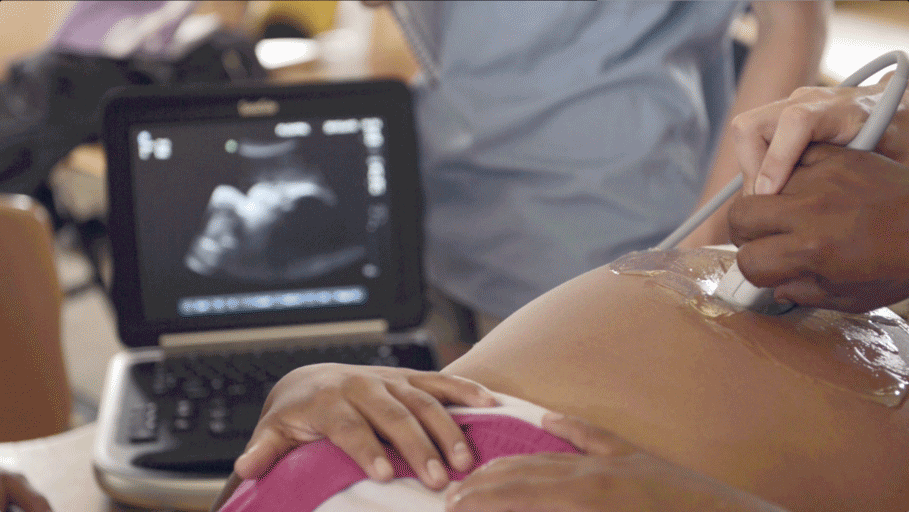
by Dr. Ben LaBrot, founder of Floating Doctors
As of this writing, my wife is pregnant with our first child, and the novelty has long since worn off. After looking after so many other people’s pregnancies, it’s a novel experience to be on the other end of the ultrasound probe, as it were.

Mosul, one of Iraq’s largest cities, is slowly rebuilding its healthcare infrastructure after years of war. Dr. Henryk Pich is doing his part to help.

Point-of-care ultrasound is efficient. It is non-invasive. It is safe. And fortunately for everyone, it is becoming more and more ubiquitous.
St. Joseph Regional Medical Centre in Paterson, New Jersey has been among the forefront of medical providers who are attempting to stem the U.S. opioid addiction epidemic where it often starts: the Emergency Department.
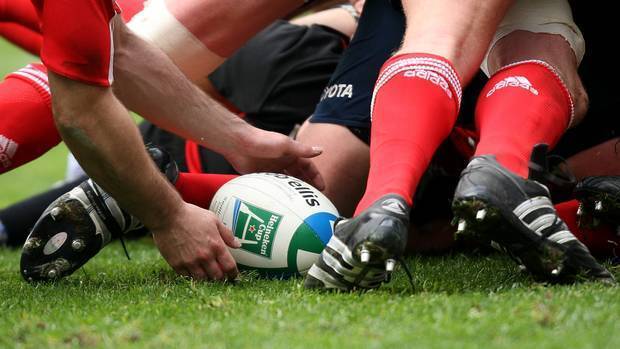
Dr. Adam Garnett, a sports and exercise medicine (SEM) consultant at the Jersey Sports Medicine Clinic, divides his time between treating rugby players suffering from acute trauma injuries and triathletes and runners with overuse injuries.
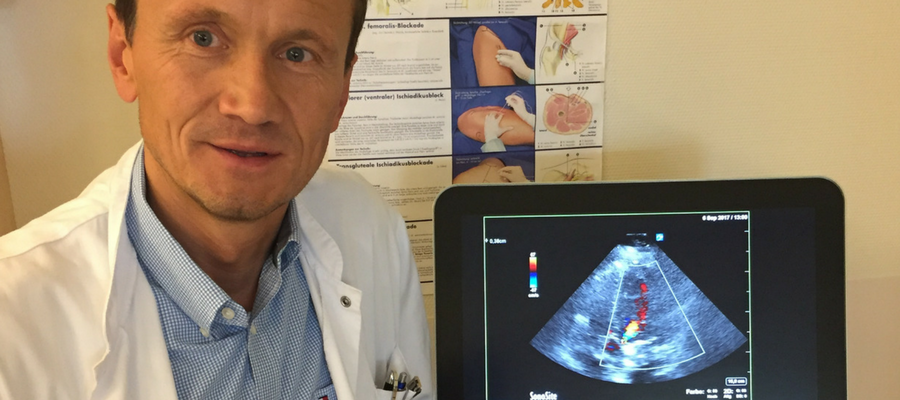
Point-of-care ultrasound is an essential tool for Dr. Mark Ridgewell, an early pioneer of sport and exercise medicine (SEM). Through the course of his career, Mark has worked with many amateur and professional sportsmen and women, beginning with rugby and including three years with England Cricket and eight years with the Wales football team.